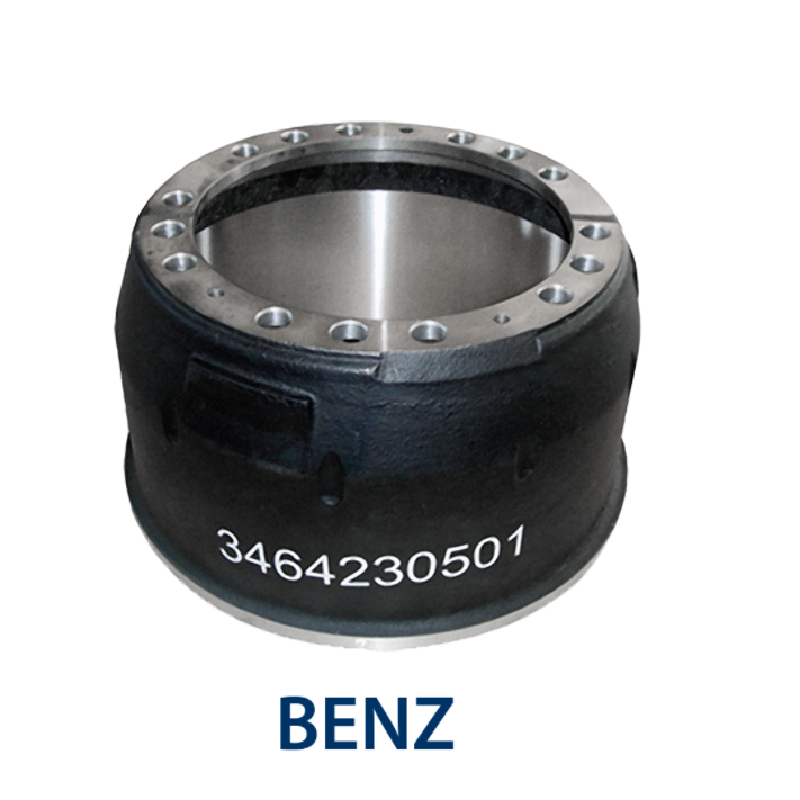Dec . 11, 2024 06:33 Back to list
Effective Techniques for Removing Rust from Drum Brakes on Your Vehicle
How to Remove Rusted Drum Brakes
Removing rusted drum brakes can be a daunting task, especially for those who are not familiar with automotive repairs. However, with the right tools, techniques, and patience, you can complete this task successfully. Whether you're replacing your brake shoes or performing routine maintenance, this guide will help you navigate the process of dealing with rusted drum brakes.
Tools and Materials Needed
Before you begin, gather the necessary tools and materials, which include
- A jack and jack stands - A lug wrench - Brake cleaner - A hammer - A screwdriver (flathead and Phillips) - A brake drum puller (optional but helpful) - Penetrating oil - Safety goggles and gloves - Torque wrench
Step 1 Safety First
Safety is paramount when working on your vehicle. Ensure you wear safety goggles and gloves to protect yourself from brake dust and rust particles. Work in a well-ventilated area to avoid inhaling harmful fumes, especially when using penetrating oil or brake cleaner.
Step 2 Prepare the Vehicle
1. Lift the Vehicle Use the jack to lift the vehicle from the ground. Make sure it is securely held by jack stands to prevent any accidents. 2. Remove the Wheel Use the lug wrench to remove the lug nuts, allowing access to the brake drum.
Step 3 Inspect the Brake Drum
Before attempting to remove the drum, inspect it for any visible damage or severe rusting. If the rust is superficial, you might be able to clean it, but if it’s heavily corroded, replacement may be necessary.
Step 4 Apply Penetrating Oil
If the drum is rusted onto the hub, apply a generous amount of penetrating oil around the drum's edges and let it soak for several minutes. This will help break down the rust and make removal easier.
Step 5 Attempt to Remove the Drum
1. Check for Retaining Screws Some brake drums are secured with retaining screws. If you see any, remove them before proceeding.
how to remove rusted drum brakes

2. Tap the Drum Using a hammer, gently tap around the outer circumference of the drum. This action can help dislodge any rust that is causing it to stick. Be cautious not to hit it too hard to avoid damaging the drum or the wheel hub.
3. Use the Brake Drum Puller If the drum still doesn’t budge, you may need to use a brake drum puller. Attach the puller to the drum’s mounting holes and turn the center bolt to slowly pull the drum away from the hub. Use even pressure and monitor for signs of excessive force.
Step 6 Clean the Components
Once the drum is removed, take the time to clean the mating surfaces on the rear axle and the inside of the drum. Use brake cleaner to clear away any debris, grease, or rust. If the drum is salvageable, you can sand down any rust spots or residue with fine-grit sandpaper.
Step 7 Replace or Repair
Examine the brake shoes for wear. If they show significant signs of wear or the friction material has worn down to the backing, it’s time for replacement. When installing new shoes or a new drum, make sure to follow the manufacturer’s instructions.
Step 8 Reassemble
1. Reattach the Drum Once cleaned and inspected, slide the drum back onto the wheel hub. If it’s a new drum, ensure that it’s properly seated and aligned.
2. Reattach the Wheel Position the wheel back onto the lug bolts and hand-tighten the lug nuts.
3. Lower the Vehicle Carefully remove the jack stands and lower your vehicle back to the ground.
4. Torque the Lug Nuts Use a torque wrench to tighten the lug nuts to the manufacturer's specifications. This ensures they are secure and will prevent any wheel failures during driving.
Step 9 Final Checks
Before taking your vehicle for a test drive, ensure that everything is in order. Check the brake fluid level and inspect for any signs of leaks around the new components.
Conclusion
Removing rusted drum brakes requires patience and care, but with the right approach and tools, you can successfully tackle this project. Remember to prioritize safety, take your time to inspect components, and follow the steps carefully. Regular maintenance and checks on your brakes will lead to increased safety and improved vehicle performance in the long run.
-
Explore Japan: Ultimate Travel Guide & Authentic Experiences
NewsAug.19,2025
-
Your Brake Drum Man: Premium & Reliable Brake Drums for Sale
NewsAug.18,2025
-
ROR Web Development: Build Fast, Scalable, Secure Apps
NewsAug.17,2025
-
Scania Brake Drums: OEM Quality for Optimal Safety & Durability
NewsAug.16,2025
-
R.V.I: Advanced Remote Visual Inspection for Precision
NewsAug.15,2025
-
Discover HYUNDA: Innovative Vehicles, Equipment & Solutions
NewsAug.14,2025
